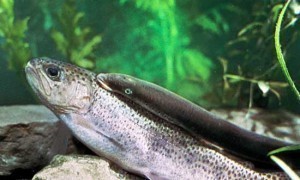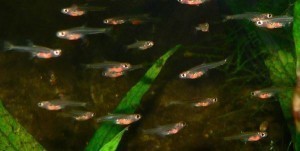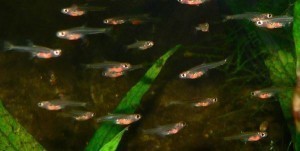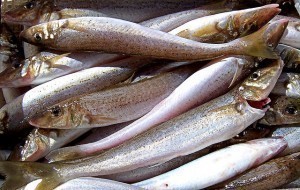Shrimp Sizes
One of the most widespread classes of commercially-cultivated aquatic animals, the 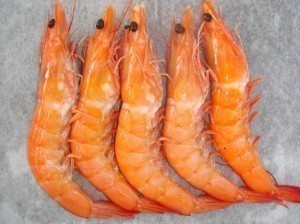 Shrimp is a crustacean from the order Decapoda (“10-footed”), which also includes prawns, crabs, lobsters and crayfish. Its species range in size from approximately 1.2-30 cm (0.47-12 in) and live out life-spans from 1-6.5 years.
Shrimp is a crustacean from the order Decapoda (“10-footed”), which also includes prawns, crabs, lobsters and crayfish. Its species range in size from approximately 1.2-30 cm (0.47-12 in) and live out life-spans from 1-6.5 years.
Atyidae is the lone family in the shrimp superfamily Atyoidea. One of its genera is the genus Caridina, an East Asian species thriving in tropical and subtropical waters. Its species include Caridina cantonensis or the Golden Bee Shrimp, a southern Chinese species ranging in carapace length from 0.9-9.8 mm; Caridina gracilirostris, indigenous to India and grows between 3.5-4 cm (1.4-1.6 in); Caridina multidentata (also known by such names as the Yamato Shrimp, Amano Shrimp and Algae-eating Shrimp), located in Japan’s Yamato River and in areas of Taiwan and Korea, with an average adult size of 5 cm; Caridina serratirostris, which is named for its ability to change its colors and blend with its surroundings, and matures to a length of 2.5-3.5 cm; Caridina serrata, which ranges from 1.2-7.4 mm in length; and Caridina cf. cantonensis or the Crystal Red Shrimp, which can reach a size of 2.5 cm.
Generally referred to as Cave Shrimps, the species in the genus Palaemonias are considered to be endangered species. This includes the Alabama Cave Shrimp (Palaemonias alabamae), which has a common size of around 20 mm (0.8 in). Already extinct is Yongjicaris zhejiangensis, which existed way back in the Mesozoic era. Measuring 1.5-2 cm long (0.6-0.8 in), it is the sole species of the genus Yongjicaris from the family Palaemonoidea.
The Palaemonoidea superfamily is composed of almost 1,000 shrimp species. Its genus Palaemon includes the New Zealand Grass Shrimp (Palaemon affinis), which can grow up to a length 75 mm; and the Common Prawn (Palaemon serratus), which is considered the largest among the British Isle’s native prawns and shrimps at an average size of 100 mm. The species of the genus Palaemonetes thrive in fresh and brackish water and include Palaemonetes paludosus (a.k.a. the Ghost Shrimp, American Glass Shrimp or Grass Shrimp), found in the southern U.S. and typically sold at a length of ½ in, though it can reach up to 2 in; and Palaemonetes vulgaris (Common American Prawn, Common Grass Shrimp, Marsh Grass Shrimp, Marsh Shrimp), a western Atlantic Ocean species that grows no more than 5 cm (2.0 in) in length.
The genus Psalidopus belongs to the Psalidopodidae family, which is part of the Psalidopodoidae superfamily. This genus is composed of 3 species, including Psalidopus barbouri, which comes from the western Atlantic Ocean and measures between 13-32 mm (0.51-1.3 in). The 2 other species are native to the Indo-Pacific Oceans; one of them being Psalidopus tosaensis, and the other Psalidopus huxleyi, which has a carapace length of 10-30 mm (0.39-1.2 in).
Somewhat appropriate for bottom-dwelling, filter-feeding animals, Shrimp occupy a rather low position on the food chain; basically serving as a significant food source for much larger marine creatures such as fish and whales. And of course, they have long been enjoyed by humans as a delicacy, whether boiled, barbecued or even as sushi. But besides seafood, some species (particularly freshwater ones) are also kept as aquarium shrimp, either for ornamental purposes or for cleaning up algae and other wastes in the aquarium.
